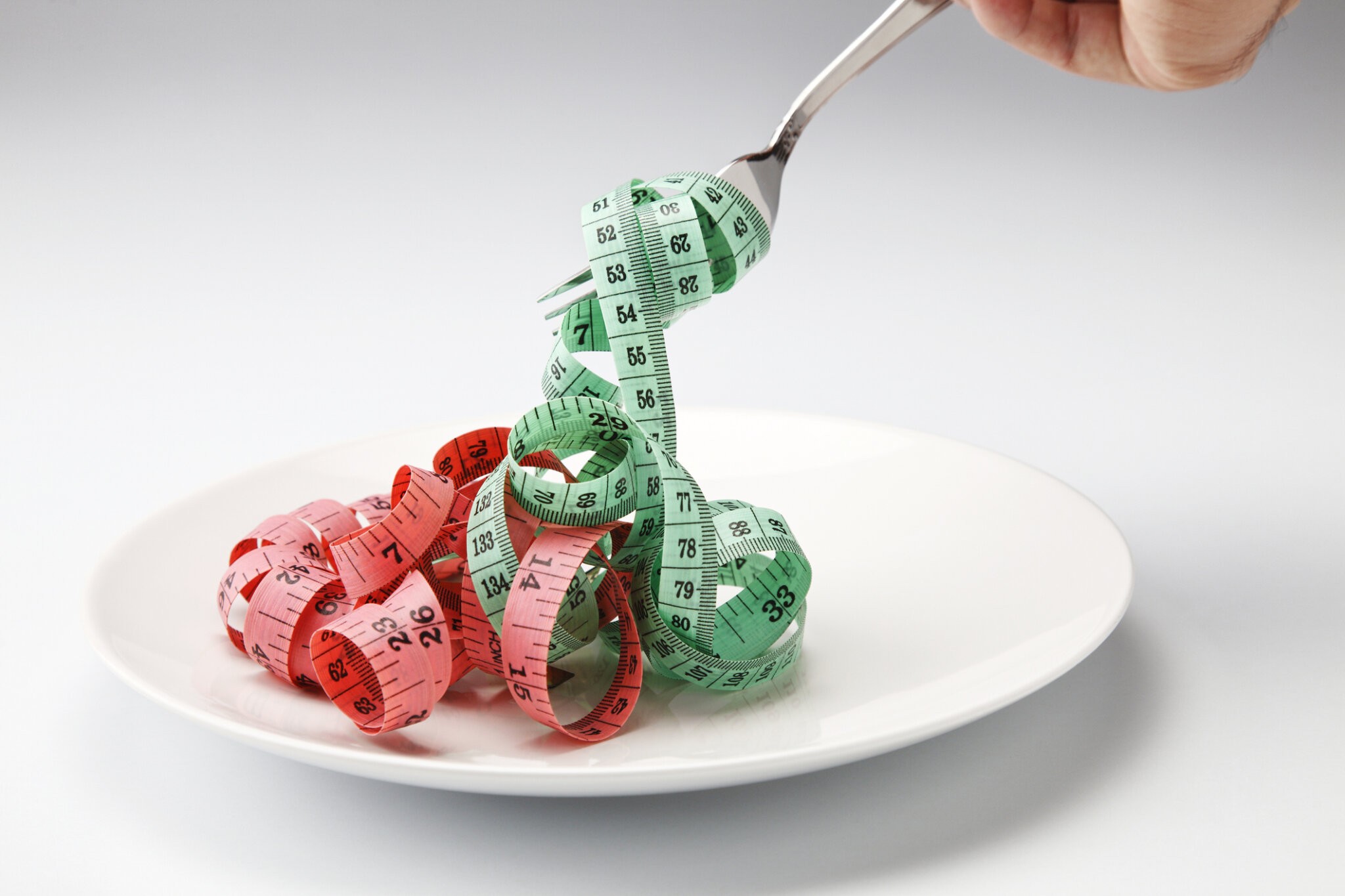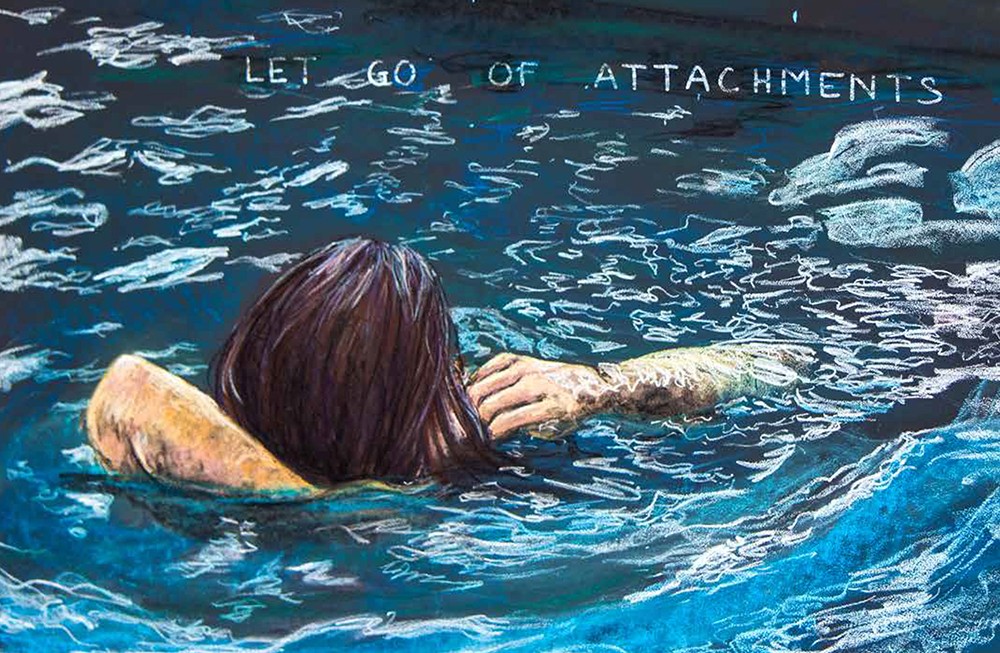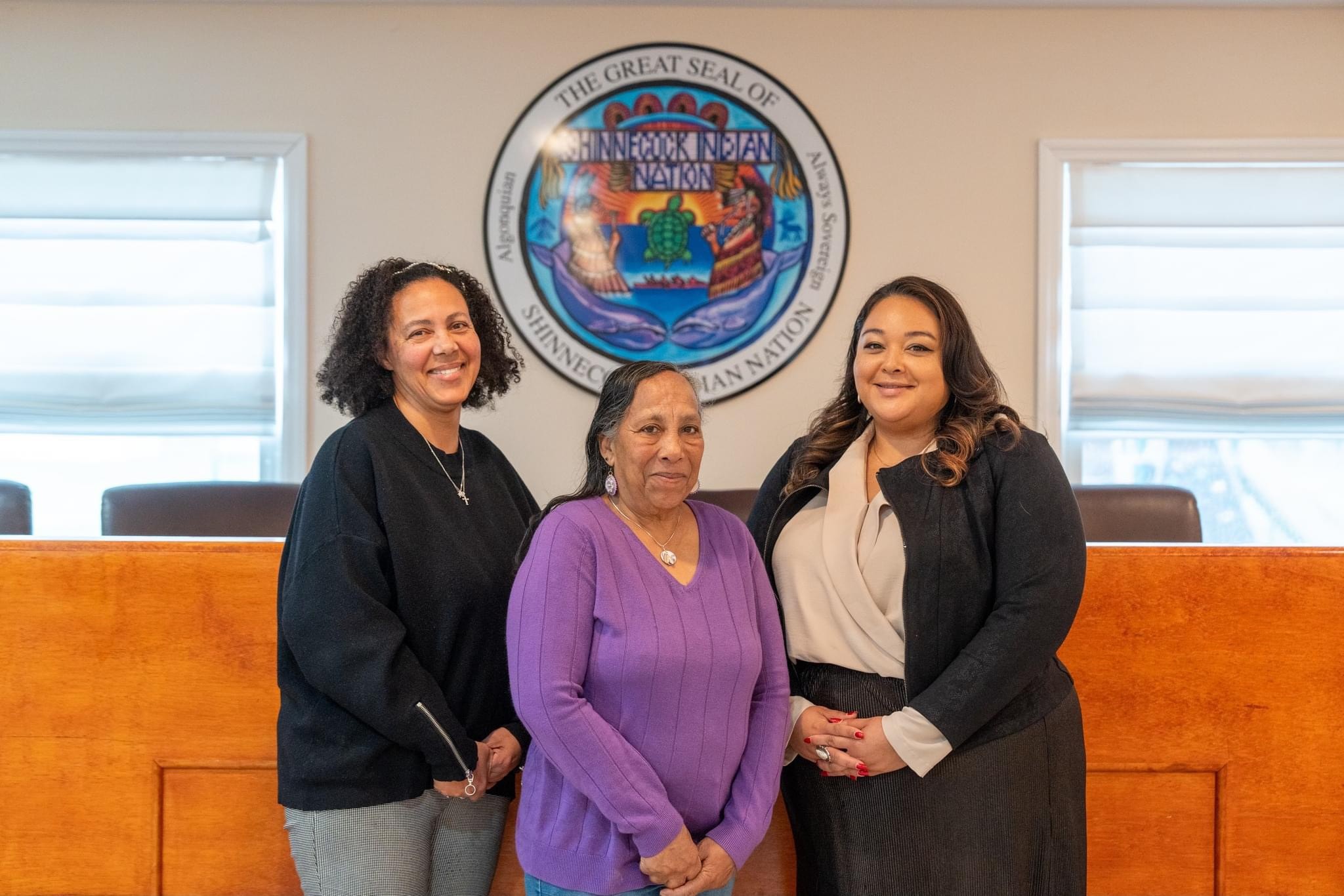How to Photograph Fireworks

Anyone who has ever attempted to photograph fireworks knows it’s not so easy. The images are most often grainy and blurry, nowhere near the bright clear lights against the evening sky that your eyes see. This can be very frustrating, but I have a few tips that can help you take fireworks photographs like a pro.
Before there was digital, you had to know how to set your camera. Typically you bracketed each shot—opening up a little beyond your setting and closing down to get different exposures—to increase your options of getting a good shot, and then hope for the best. It was largely alchemy.
Even though we are thoroughly in the digital age, you still need to know how to use camera settings to get a good fireworks photograph.
First, it is important to turn off all automatic settings. Digital affords you the bonus of being able to see your images instantly and, while that helps, it does not solve the problem of shooting at night and capturing a clear image. Your settings should be set on manual, not automatic. This is important because you need to tell the camera what to do, and not the other way around.
Beyond getting your settings right, there are a few tools needed to be able to accomplish good, clear fireworks photographs. A tripod is absolutely necessary, along with a cable release and a 24 x 70 mm lens. It is also very useful to bring a small flashlight, just in case.
Starting with your settings, your ISO (film speed)needs to be set to 100. This will help refine the photograph by reducing the grain.
Next, the camera should be set at bulb mode. This means you have control over the exposure, which is the length of time the shutter is open. Setting the correct exposure is still trial and error, but with digital, you can check your shots immediately after taking them and then shorten (less light is allowed in) or lengthen (more light is allowed in) the time the shutter is open. Once you find the proper amount of time to keep the shutter open, note that it is usually a few seconds spanning from the first pop of the fireworks to the last trailers.
After adjusting the ISO, next you need to set the aperture to between F8 and F16. This allows for depth of field. Increasing the aperture this way brings the field into a more clear focus. Manual focus is important, because the camera tends to respond to different points unless you pick a point and set the focus on that. It is important to set your focus before it gets dark. Find a point, focus on it and leave it for the duration of the shoot.
Your setup is also important. You want to find your place, set up your tripod securely and get your settings before it is dark. Since you will be shooting on bulb setting, leaving the shutter open for an extended time, controlling any movement of the camera, is essential to a successful, clear image.

Photo credit: Daniel Gonzalez
Once your tripod and camera are set, you need to take into consideration what is in the foreground. You do not want a lot of people’s heads bobbing up and down in your photograph or other objects in your way. Next check your horizon making certain it is level.
Film photography was very expensive and you had to wait. Now, with digital, you can take a lot of shots, and I recommend that you take many. Remember, there is no film to waste or have to process. The difference between an amateur and a pro is how many shots they take.
Good luck and have some fun.
Daniel Gonzalez is a photographer for Dan’s Papers. View his work at danielgonzalezphotography.com.



